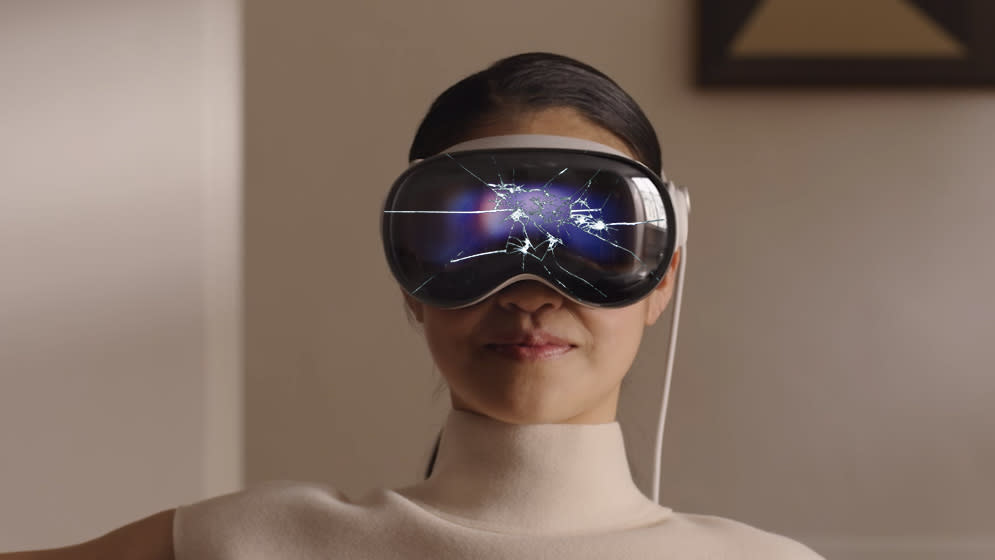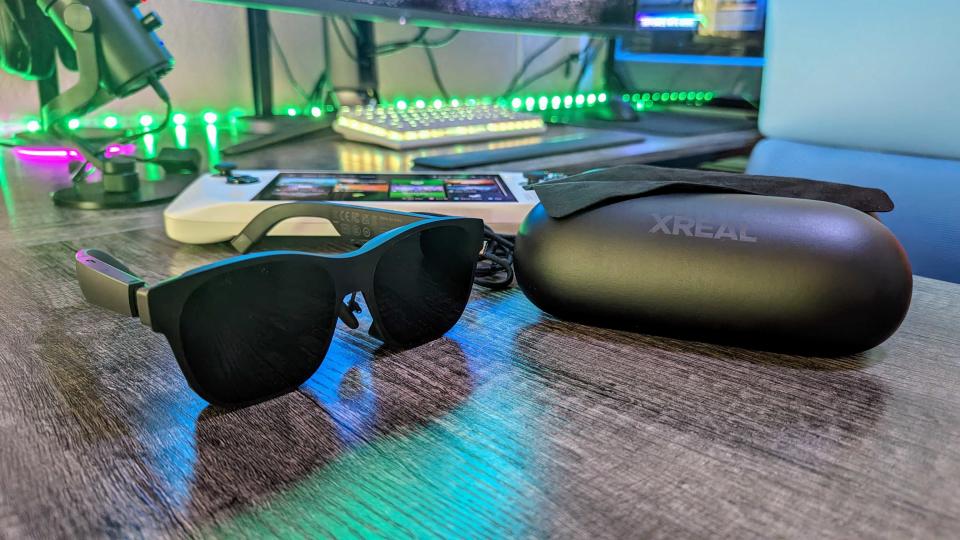Demand for Apple's HoloLens-like Vision Pro has fallen 'well beyond' expectations. I am shocked. Not really.

What you need to know
Nobody wants an Apple Vision Pro.
That's it, basically.
According a report via Mac Rumors, water is wet nobody wants to spend $3000 dollars to wear an Apple Mac computer on their head, even if it has holograms.
Apple analyst Ming-Chi Cuo reports that Apple has reduced its orders for Vision Pro devices, after demand in the United States fell "sharply beyond expectations." Supposedly, Apple will use the humbling to approach sales in other regions a little less optimistically. Supposedly, Apple will unveil wider Vision Pro availability at this year's WWDC conference, where we could see the expensive hologrammatic paperweight hit Europe and other regions. Apple supposedly expects demand for the headset to only decline year-over-year too, which doesn't exactly paint a rosy picture for the nascent market.
It seems that Apple learned nothing from Microsoft's failings with HoloLens, although Apple was arguably far better positioned to actually make something of its tech. Apple's mixed-reality headset offers full inside-out virtual landscapes, utilizing cameras that reproduce the external environment, overlaying holograms on top. Apple also enjoys far more consumer confidence in hardware than Microsoft most likely, yet it still couldn't make the use-case for this monstrosity make any sense.
Instead of full inside-out virtualization, HoloLens used clever prisms and lenses to overlay Windows windows directly on top of the real world, complete with spatial anchoring. The downside of HoloLens was its "letterbox" effect, since the field of view was incredibly small. The upside was that the headset didn't make you feel like throwing up, unlike Apple's, which due to subtle latency differences between the real world and virtual world, creates a sea sickness-like affliction in many users.
The Apple Vision Pro could end up being remembered as one of Apple's most high-profile hardware failures in recent years.
Is mixed reality doomed?

Both Microsoft's HoloLens and Apple's Vision Pro suffer from the same central issue: nobody wants to wear a huge, ugly computer on their face. Literally nobody. Even people who claim to like wearing the Apple Vision Pro are lying to you, me, and everybody else — and most of all, themselves. The only place these types of devices have any potential is in business scenarios, where you wear the headsets for a specific purpose before removing them. Wearing them for any length of time is simply uncomfortable, throw paying thousands of dollars on top of it for the privilege and you make for a seriously dumb product.
At least you wouldn't have to sell a kidney to grab a Meta Quest or something like that. Meta even "opened up" its platform recently, allowing Microsoft to build its very own Xbox edition Meta Quest, although it won't really be anything different from a regular Meta Quest, besides coming pre-installed with Microsoft Office and Xbox Cloud Gaming, perhaps.
The best augmented reality headset remains the sleek, sexy, and small XREAL Air glasses. Which as you might expect from my description there, are actually just glasses. Connected to your phone, laptop, or gaming handheld, the XREALs give you a personal HD cinema for gaming, media consumption, and beyond — without looking stupid. If any of these products are ever going to make sense, it's going to be in a small package like the XREALs, rather than some huge face-hugging thing like Apple's effort.

